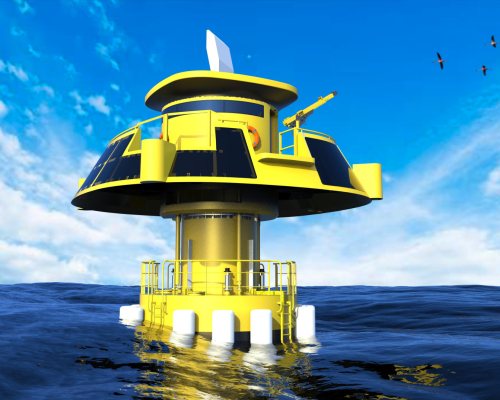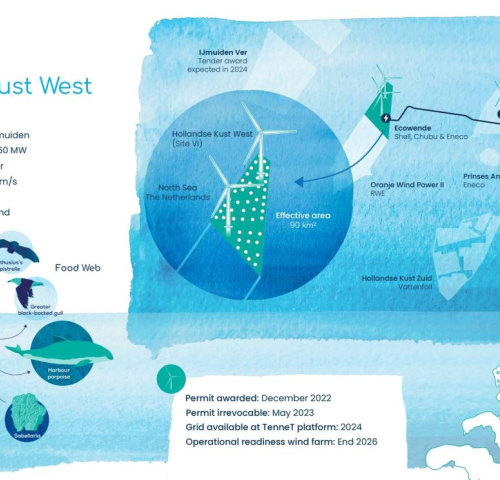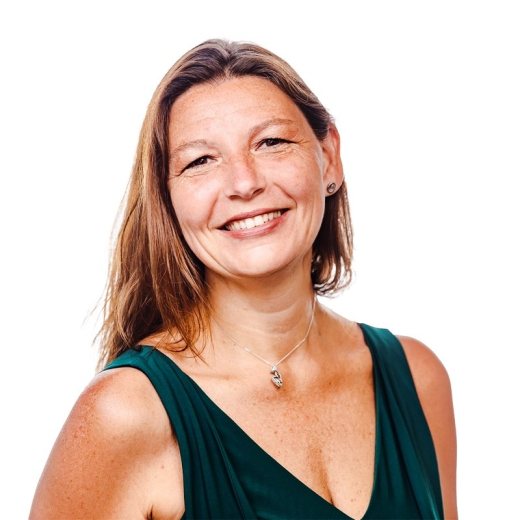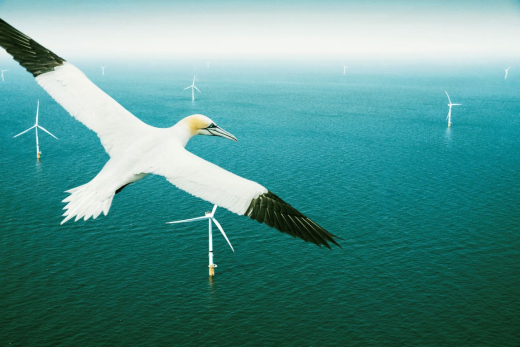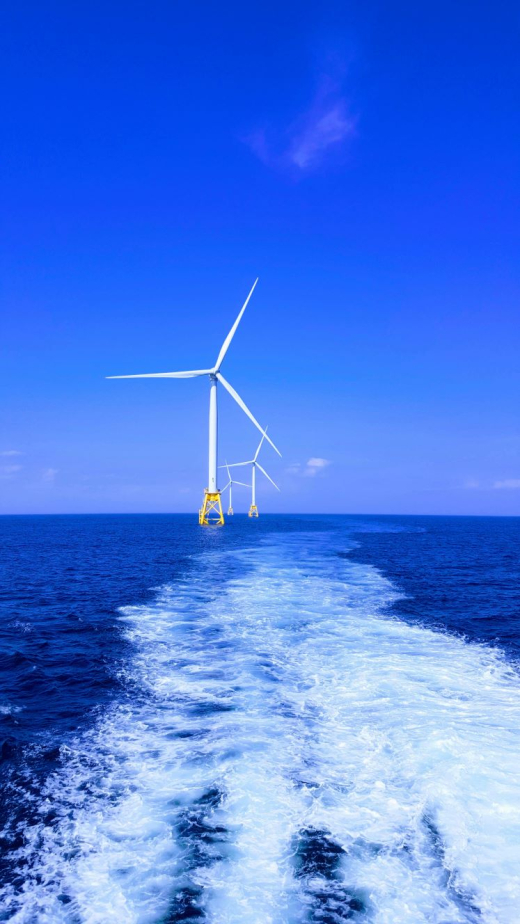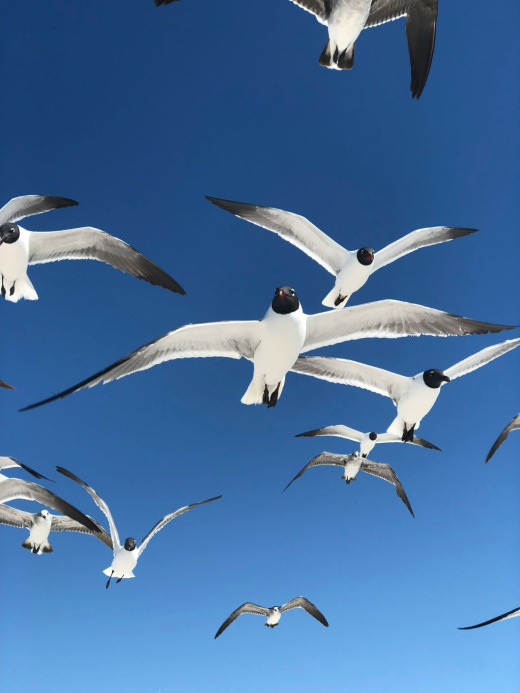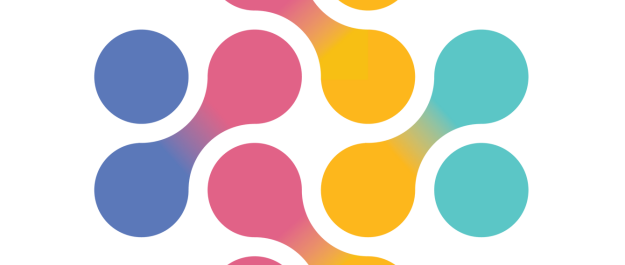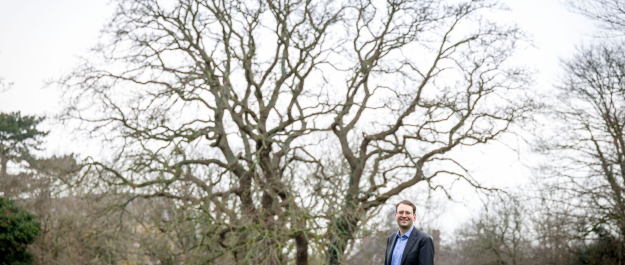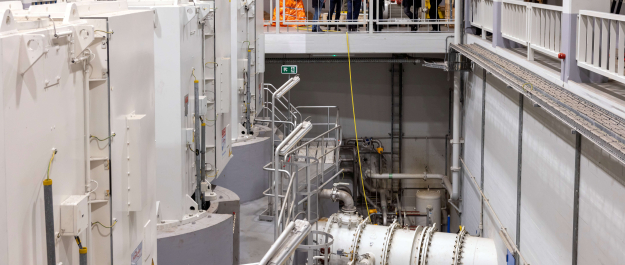When large numbers of birds are approaching future wind farm Ecowende, located about 53 kilometres off the Dutch coast, wind turbines can be shut or slowed down automatically on demand for a while. To prevent bird mortality by collision, Robin Radar Systems was asked by the wind farm developer to supply a radar and combine it with DHI’s alert system, camera, sensors and AI software, that will eventually be deployed on this wind farm in the North Sea.
“During high peaks of bird migration they can shut down the turbine in real-time. These tools allow operators to find the right balance between maximizing the energy production of the wind farm and at the same time minimizing the risk of collision with birds or bats”
Urgent need to mitigate impact
More wind farms are being built than ever before. In the Dutch part of the North Sea alone, at the end of 2023 a total capacity of 4,7 Gigawatts offshore wind farms were operational. “The exponential growth of wind farming in The Netherlands is huge. The amount of investments is unseen in Europe and worldwide”, says Giraud. According to her company there is an urgent need to mitigate the impact of wind farms on birds and bats and avoid death by collision. That includes monitoring and shutdowns if birds or bats are approaching the turbine blades.
“There is a high risk of collision. Many birds migrate at night, have no visibility and fly at the level of the turbines. That’s when collisions can happen, also with protected species”
Difficult to estimate
Measuring how many birds and bats collide with turbine blades is difficult. Several studies – mostly held at onshore wind farms in the US – estimate between 140.000 and 679.000 birds die because of wind turbine collisions each year. In other studies estimates range from 4 to 18 birds killed per turbine per year. A study by the International Union for Conservation of Nature (IUCN) concluded that most estimates of seabird collision so far are based on theory rather than empirical evidence, because of the difficulties of monitoring and carcass collection offshore. On bat mortality, there are almost no reliable data, but it’s clear wind farms also pose a danger to migrating bats.
Reducing mortality
To prevent and avoid bird mortality, radar assisted shutdown has proven to be very effective, studies in Portugal showed. Almost no birds died during five consecutive autumns and shutdown periods ranged from 0,2 to 1,2 percent of a year’s wind farm activity. IUCN states that a combination of cameras and radar systems detection, paired with automated analysis of the images by AI, and followed by shutdowns, can be effective in reducing bird and bat mortality at offshore wind farms. That is exactly what Robin Radar Systems and its partners MIDO and DHI are aiming for.
Combined technologies
The three companies are combining their advanced detection systems and data collection. That includes Robin Radar’s MAX® bird and bat radar systems, Danish company DHI’s camera’s, sensor integration and artificial intelligence (AI) species recognition solution MUSE, and Spanish company MIDO’s floating platform FLORA 1, a wave energy convertor generating all the power the systems needs. The technologies will be deployed at Dutch offshore wind farm Ecowende, based in Rijswijk, and according to Ecowende the most ecological wind farm yet.
The floating platform with the bird and bat monitoring system will be operational at the end of this year. From then on it will be collecting and providing data 24/7 and monitoring all birds across the wind farm. It will be the first floating system with such a radar in the world. The floating platform will be used for baseline monitoring. Once Ecowende’s wind farm is operational, the monitoring system will be attached to the wind turbines.
Leading in tracking small objects
Robin Radar is technology leader in tracking and classification of small objects and is accelerating fast. In six years it grew from 17 to 160 employees. Its advanced full 3D bird detection radars combined with DHI’s AI software algorithms, can accurately identify and monitor birds and bats across the airspace. The same radar being deployed at the floating platform at Ecowende has been deployed successfully in the aviation sector, for instance at numerous airports, and onshore and offshore wind farms. Nowadays Robin Radar is working for the main stakeholders in the wind farm segment all over the world, from Chile to Australia.
How does the MAX® radar work? "Our radar sends out a signal. Everything in the sky reflects that signal. We can detect a signal down to a bat level. We can provide a complete understanding of the bird and bat behaviour and can track bird patterns in a specific area, allowing wind farm operators to take action. We create the alert so they can shut down the turbine. That is being decided depending on the intensity and the number of tracks of birds or bats. You are not going to stop the turbine because there is one bird coming during high migration flux. What is an acceptable risk level is decided by governments or the wind farm company. In general, the main risk is migration and that is pretty easy for the radar to observe and track"
Filter protected species
Can the system also determine whether the birds approaching are protected species? “Basically the system is reflecting the body mass of the target. A small songbird can be detected at a distance of 2 or 3 kilometers. A goose 5 or 6 kilometers away from the radar, depending on weather conditions. That’s quite a fair distance”, Giraud says. However, when this data is combined with observations from the DHI camera specific species of birds can be identified. Together they provide double validation.
Movement is a challenge
Robin Radar wants to deploy its system all over the world. A lot of countries installing new offshore wind farms can benefit from it, Giraud states. “The level of data we should get from our MAX® system should be pretty impressive. It’s also a challenge, because radar and movement don’t go hand in hand. You need a very stable platform. We worked on floating turbines before, but never on floating platforms”, she says.
About MAX® Radar, bird detection radar of Robin Radar Systems
MAX® bird detection radars offer 360° coverage and multi-target tracking to safeguard airport and wind farms operation, while protecting wildlife. The radars have the fastest rotation speed, resulting in track updates every second. This allows uniquely detailed 3D visualisation of bird flight paths, including exports to Google Earth to protect wildlife.
About Ecowende, the most ecological wind farm
Ecowende will be the most ecological wind farm. They want to make a positive contribution to biodiversity and accelerate the large-scale roll-out of offshore wind in the Netherlands and beyond. Ecology will be leading because they know that renewable energy must become more sustainable.
Robin Radar Systems is nominated for the 'Koning Willem I' award
The 'King Willem I' awards are the "Oscars" for Dutch businesses. Robin Radar Systems is Awarded for the 2024 edition Koning Willem I prijs nomination as most innovative SME (MKB) company in The Netherlands. CEO Siete Hamminga of Robin Radar Systems stated: "We are going for the win. This place in the final is for us all!"
